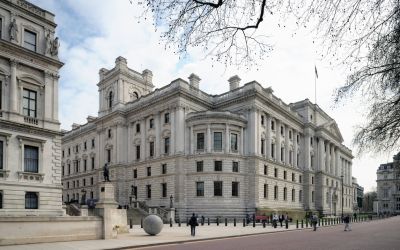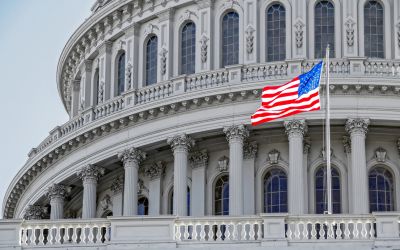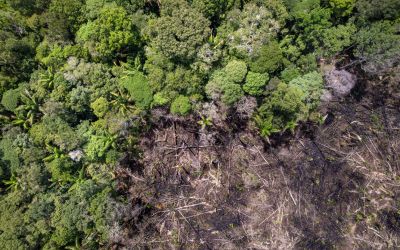A strong impact is made on the amazonia by its economic growth model
A report discussing the degradation and extreme ecosystem transformation in the South American humid tropics has been released by Bolivia, Brazil, Colombia, Ecuador, Guyana, Peru, Suriname and Venezuela highlighting the plight of the planet's most extensive forest zone.
A report discussing the degradation and extreme ecosystem transformation in the South American humid tropics has been released by Bolivia, Brazil, Colombia, Ecuador, Guyana, Peru, Suriname and Venezuela highlighting the plight of the planet's most extensive forest zone.
The report entitled Environment Outlook in the Amazonia: GEO Amazonia, prepared by the 8 Amazonian countries, with the support of the United Nations Environment Programme (UNEP) and the Amazon Cooperation Treaty Organization (ACTO), is a new publication in UNEP's series of integrated environmental assessments, also known as GEO (Global Environment Outlook) reports, and on which more than 150 experts, researchers, academics and scientists in the countries of the assessed region participated.
During the preparation of this report, the principal stakeholders from the eight Amazonian countries met to discuss the future outlook of the regional environment.
They reached a consensus, clearly expressed in the text: "Our Amazonia is changing at an accelerated rate with very profound modifications in its ecosystems".
After more than two years of analysis, the experts affirm that a joint action of the Amazonian governments in the following areas could enable the region to face the challenges (of the changing environment): construction of an integrated environmental vision for Amazonia, and definition of a role of the region in national development; harmonization of environmental policies on regionally relevant themes; design and application of instruments for integrated environmental management; regional strategies that allow sustainable utilization of Amazonian ecosystems; insertion of risk management in the public agenda; strengthening of Amazonian environmental institutions; increased effort on environmental information production and dissemination in the region; promotion of studies and the economic value of Amazonian environmental services; and designing of a monitoring and evaluation system of policies, programmes and projects.
Click here to read more






